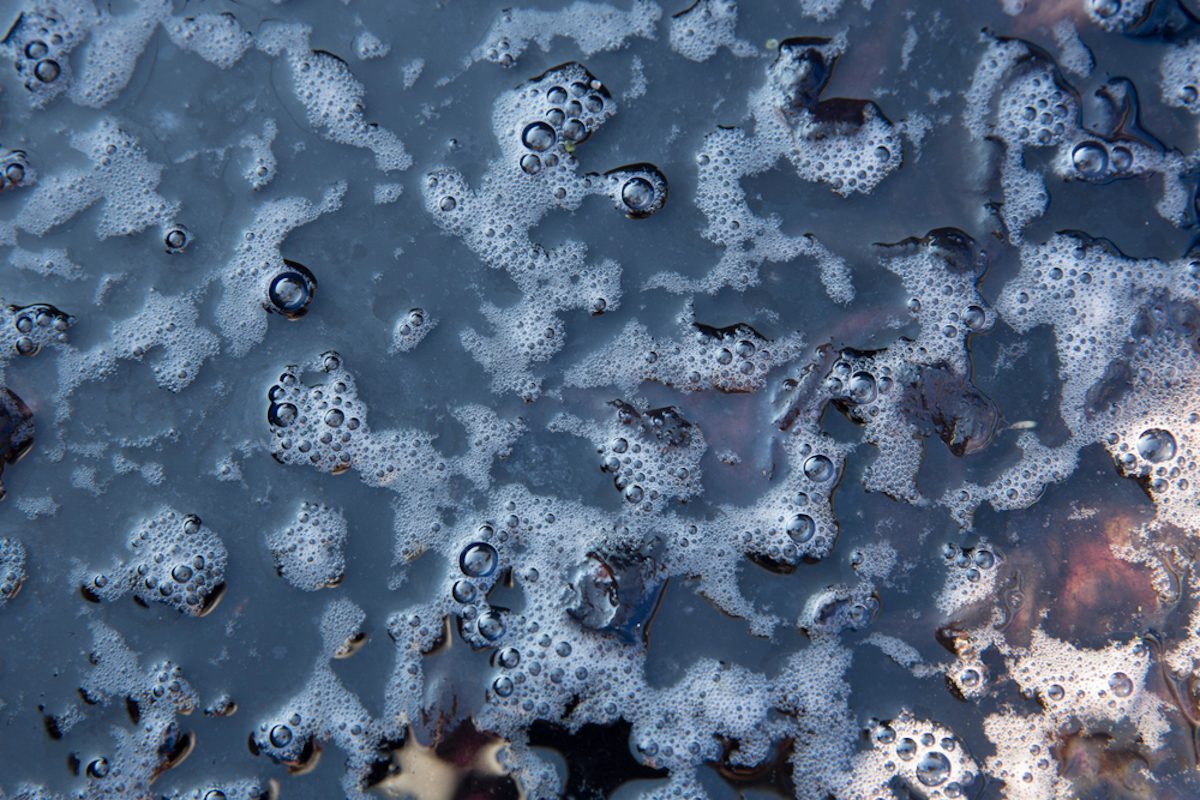
Exotic bacteria collect rare earth elements from wastewater

‘Biosorption’ of rare earth elements by biomass of novel strains of cyanobacteria is fast and efficient, permitting recycling, says group
Rare earth elements (REEs) are a group of 17 chemically similar metals, which got their name considering they typically occur at low concentrations (between 0.5 and 67 parts per million) within the Earth’s crust. Considering they are indispensable in modern technology and electronics, the demand for them has increased steadily over the past few decades, and is predicted to rise remoter by 2030.
As a result of their rarity and the demand they are expensive: for example, a kilo of neodymium oxide currently financing approximately 200, while the same value of terbium oxide financing approximately 3,800. Today, China has a near-monopoly on the mining of REEs, although the discovery of promising new finds (more than one million metric tons) in Kiruna, Sweden was spoken with unconfined fanfare in January 2023.
Circular economy
The advantages of moving from a wasteful ‘linear’ economy to a ‘circular’ economy, where all resources are recycled and reused, are obvious. So could we recycle REEs increasingly efficiently, too?
In Frontiers in Bioengineering and Biotechnology, German scientists towards to show that the wordplay is yes: the biomass of some exotic photosynthetic cyanobacteria can efficiently swizzle REEs from wastewater, for example derived from mining, metallurgy, or the recycling of e-waste. The undivided REEs can succeeding be washed from the biomass and placid for reuse.
“Here we optimized the conditions of REE uptake by the cyanobacterial biomass, and characterized the most important chemical mechanisms for tightness them. These cyanobacteria could be used in future eco-friendly processes for simultaneous REE recovery and treatment of industrial wastewater,” said Dr Thomas Brück, a professor at the Technical University of Munich and the study’s last author.
Highly specialist strains of cyanobacteria
Biosorption is a metabolically passive process for the fast, reversible tightness of ions from wringing-wet solutions to biomass. Brück and colleagues measured the potential for biosorption of the REEs lanthanum, cerium, neodymium, and terbium by 12 strains of cyanobacteria in laboratory culture. Most of these strains had never been assessed for their biotechnological potential before. They were sampled from highly specialized habitats such as well-worn soils in Namibian deserts, the surface of lichens virtually the world, natron lakes in Chad, crevices in rocks in South Africa, or polluted brooks in Switzerland.
The authors found that an uncharacterized new species of Nostoc had the highest topics for biosorption of ions of these four REEs from wringing-wet solutions, with efficiencies between 84.2 and 91.5 mg per g biomass, while Scytonema hyalinum had the lowest efficiency at 15.5 to 21.2 mg per g. Moreover efficient were Synechococcus elongates, Desmonostoc muscorum, Calothrix brevissima, and an uncharacterized new species of Komarekiella. Biosorption was found to depend strongly on acidity: it was highest at a pH of between five and six, and decreased steadily in increasingly wounding solutions. The process was most efficient when there was no ‘competition’ for the biosorption surface on the cyanobacteria biomass from positive ions of other, non-REE metals such as zinc, lead, nickel, or aluminium.
The authors used a technique tabbed infrared spectroscopy to determine which functional chemical groups in the biomass were mostly responsible for biosorption of REEs.
“We found that biomass derived from cyanobacteria has spanking-new adsorption characteristics due to their upper concentration of negatively charged sugar moieties, which siphon carbonyl and carboxyl groups. These negatively charged components vamp positively charged metal ions such as REEs, and support their zipper to the biomass,” said first tragedian Michael Paper, a scientist at the Technical University of Munich.
Future potential
The authors conclude that biosorption of REEs by cyanobacteria is possible plane at low concentrations of the metals. And the process is moreover fast, they say: for example, most cerium in solution was biosorbed within five minutes of starting the reaction.
“The cyanobacteria described here can adsorb amounts of REEs respective to up to 10% of their dry matter. Biosorption thus presents an economically and ecologically optimized process for the circular recovery and reuse of rare earth metals from diluted industrial wastewater from the mining, electronic, and chemical-catalyst producing sectors,” said Brück.
“This system is expected to wilt economically feasible in the near future, as the demand and market prizes for REEs are likely to rise significantly in the coming years,” he predicted.


